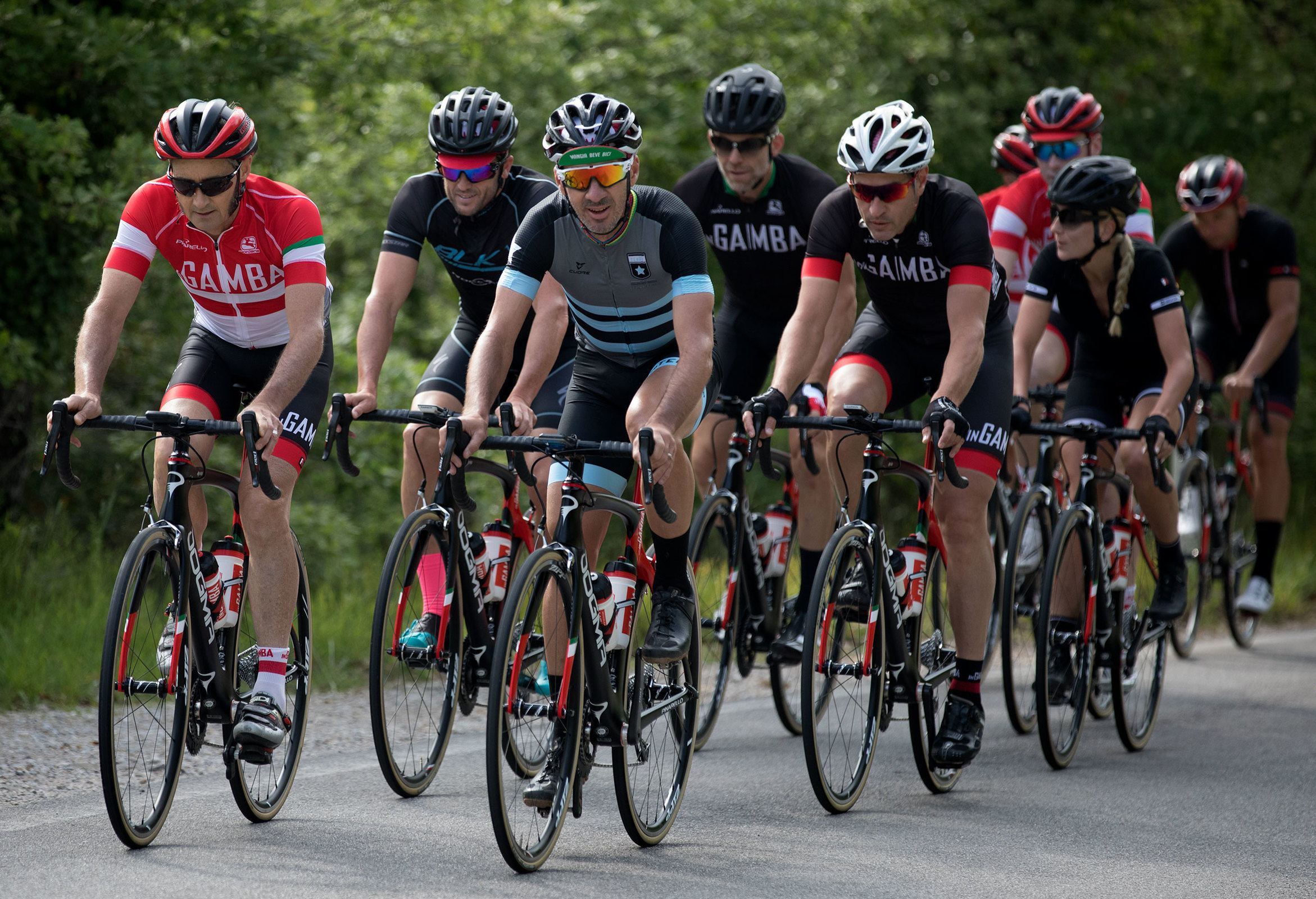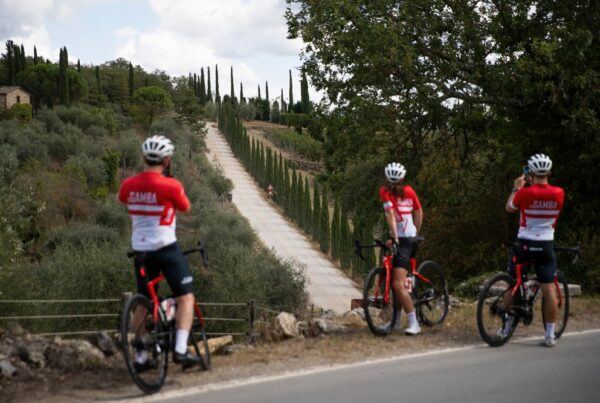Asking a coach to distill the myriad of techniques and terminologies down to Reader’s Digest version of the things every cyclist needs to know to reach their full potential is like asking your science nerd friend to explain the Large Hadron Collider to a 3rd grader. But this didn’t stop us from asking Jason Tullous of Tenac Championship Coaching to do just that. Here is how he thinks you should put your riding on the educated science pathway.
There’s a lot of science involved in fitness training these days. And while it can seem a little daunting at first, most of it is pretty straightforward. With that in mind, here’s a list of some terms and some methods that I think every cyclist should understand if they want to improve performance.
FTP – Functional threshold power
Put simply, this is the maximum power you can maintain for an hour. It’s actually more complicated, but that’s the simplified definition. FTP is great because it’s easy to measure repeatedly, and that’s important if you want to see if you are improving.
There are lots of measurements methods. You can simply take your average for a one-hour effort, or 95% of your 20 minute power. You can also create a power duration curve by measuring power for different time periods like 15 seconds, four minutes, and 20 minutes. Regardless of how you choose to calculate it, if you improve this measurement, you will see an increase in performance.
Body fat percentage
The percent of fat in your body. This is easy to understand, and getting it accurately measured will tell you how much weight you can lose while still being healthy.
Lower body fat percentage typically means lower weight, which gives you a higher watts per kilogram making you faster uphill. It also increases your ability to dissipate lactate and cool your body – both very good things for cycling.
It’s important to get a quality measurement, however, and to remember that healthy percentages are different for men and women. The best methods are: A DEXA scan, underwater weighing, bod pod or skinfold measurements.
Watts per kilogram
W/kg is a combination of the two above and it’s easy to measure. Improve your FTP and decrease your body fat and you will have a greater w/kg, which will make you faster on the climbs.
Lactate threshold
Like FTP, there’s some debate about the exact definition, but simply put it’s the maximum effort a rider can sustain without lactate continuing to increase. This is measured with a lactate analyzer by taking a blood sample after increasing power outputs. These measurements create a curve which is then used to pinpoint the threshold. As long as you are consistent with your measurement, you can see if the athlete is getting more powerful. This can be done in a lab or in the field.
VLamax
Sebastian Weber, a sports scientist who has worked with Peter Sagan, Tony Martin, and André Greipel to name but three, defines VLamax as the maximum rate of production of lactate, which can provide insight into the athlete’s anaerobic metabolism – how the body converts carbohydrates into lactate without the aid of oxygen. This influences lactate production and accumulation, so knowing this measurement can help guide your coach to form a better strategy for your training plan.
If the VLamax is high (.8-.9), the athlete produces a high rate of lactate. This is good for a track sprinter but not so good for trying to win a sprint stage of a grand tour, because the grand tour stage requires the athlete to ride a huge distance beforehand.
If you’re aiming to do a longer granfondo or a multiple day event with lots of climbing, then a VLamax of .3 or .4 would be ideal. A good coach can design a training plan that will move you toward that number even if your test score is initially high.
All of these measurements will provide a coach with a deep knowledge of the athlete’s physical traits. They are a huge help in designing a training plan and also in making sure that the plan is working.
Ultimately though, the numbers are the easy part. The hard part – the art, rather than the science, of coaching – is motivating the athlete to follow through on what the numbers reveal.
–
To read more about Tenac and its founder, Jason Tullous, click here. For more on Tenac’s exclusive inGamba packages, check out gotenac.com.















